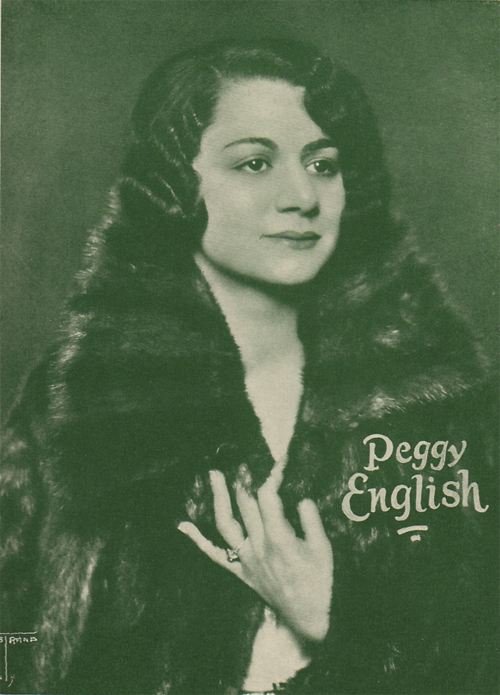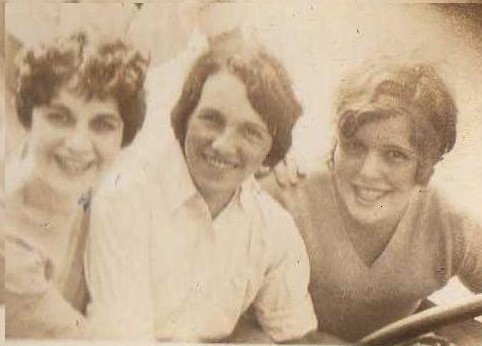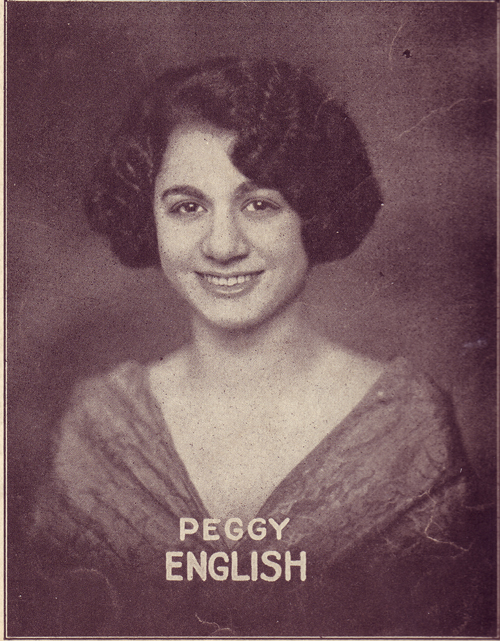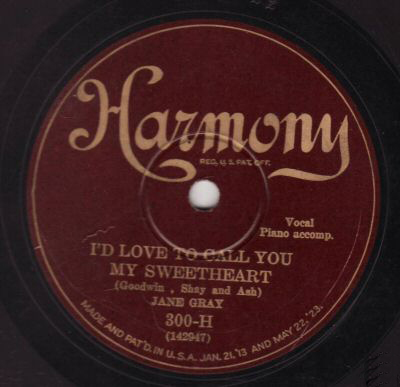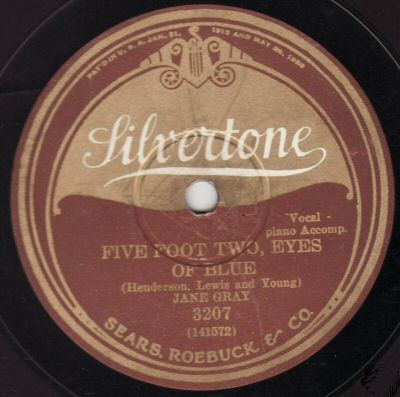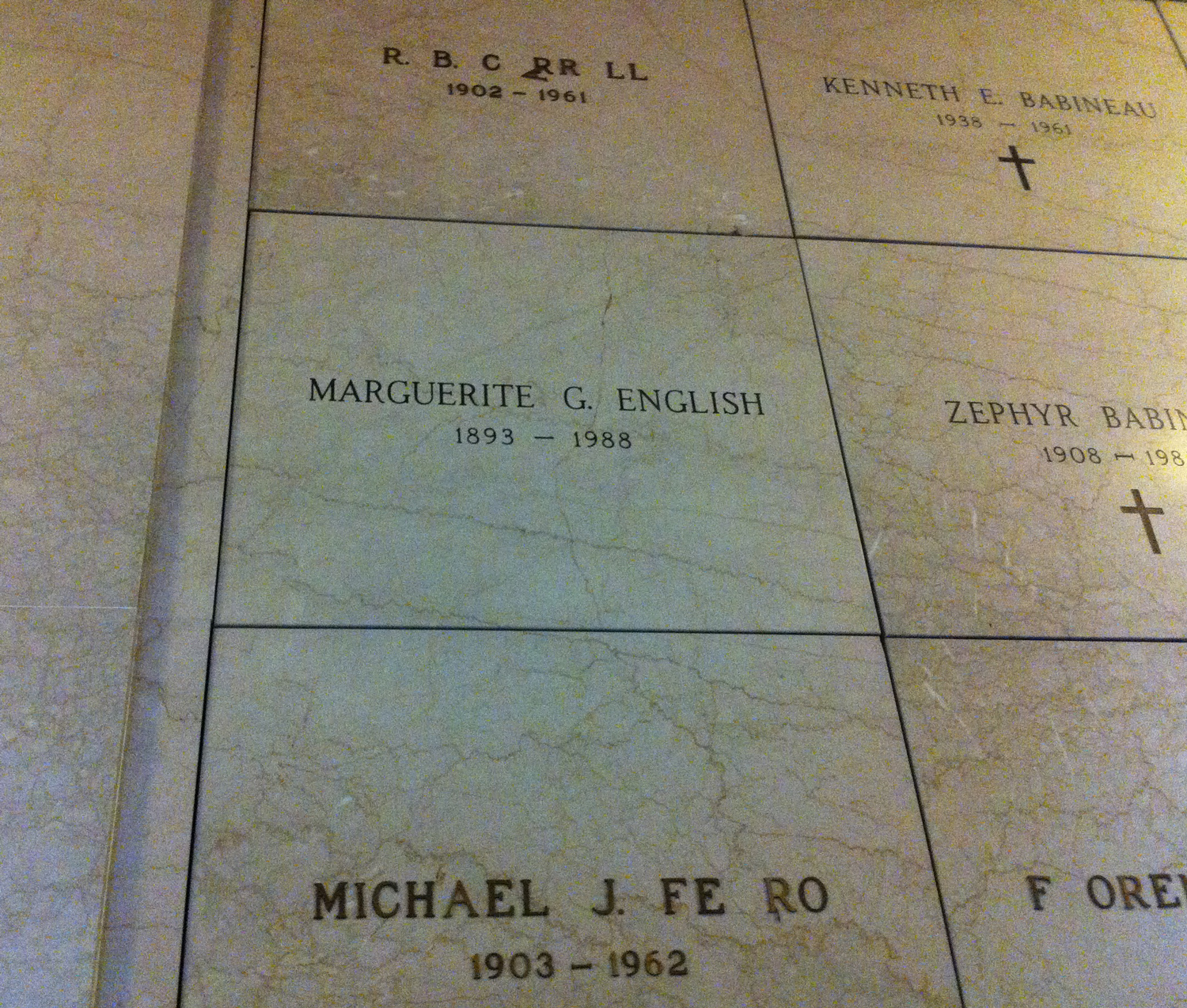Peggy English
The Pseudonym Girl
Convention City
Peggy English
Jane Green
Grey Gull Project
Marion Harris
Scrappy Lambert
Keller Sisters & Lynch
Ray Mayer & Edith Evans
Misc 1920’s
New 1920’s
1920’s Sheet Music
1930’s Vocalists
NJ Record Bash
Bee Palmer
Finding Bee Palmer
Pathé Rooster
Jack Pettis
Paul Specht AHO
Frances Sper
Aileen Stanley
Irene Taylor
Esther Walker
Margaret Young
Annette Hanshaw
Biography
Recordings
Sheet Music
Photos
Maxwell House Ads
Links
Brox Sisters
Photos
Recordings
Sheet Music
Movies
Bobbe Brox Obit
Cliff Edwards
Biography
Recordings
Movies
Books
Instruments
Sheet Music
Photos
Miscellaneous
Links
Ruth Etting
Recordings
Sheet Music
Movies
Photos
Jazz Age Links
Banjos
Dixieland Jazz
Search This Site
|
Peggy English is a wonderful discovery amongst the female vocalists of the Jazz Age 1920s. Her vocal style might be characterized as a cross between two other Jazz Age performers,
Jane Green and Marion Harris.
I affectionately call her the “Pseudonym Girl” because Peggy English recorded under at least 13 different names across many record labels during her short 1920’s recording career. Peggy English recorded from 1925 to 1928, and then appears to try a comeback on a lone 1933 recording date as “Harlem Hannah” on the Bluebird record label. Her entire recording output consisted of 102 sides for the Vocalion, Banner, Cameo, Brunswick, Victor, Harmony, and Bluebird labels. Her piano accompanists included Rube Bloom and Bill Wirges.
Marguerite Grace “Peggy” English was born on December 9, 1893 in Helena, Montana. Marguerite was is eldest daughter of Charles Francis English and Matilda “Tillie” English. Her father born 1867 in Iowa was a postal inspector. Marguerite’s mother Matilda Issacs was born 1876 in San Francisco. Marguerite had two siblings - Lydia (1896-1990) and Charles Francis English (1902-1965).
There has been some speculation amongst jazz record collectors that 1920’s Jazz Age singer
Frances Sper
was really Peggy English. This notion is dispelled by the above photo which shows Frances Sper and Peggy English side by side. It turns out that Ms Sper and Ms English were actually pals who worked as part of the entertainment in the Summer of 1928 at Camp Copake just 100 miles north of New York City on the New York-Massachusetts state border. Frances Sper Horn (1896-1951) was married to Jack L. Horn and is the mother of the famous jazz musician Paul Horn. Frances Sper was an in-house pianist for Irving Berlin and had her own weekly radio show in New York on WNYC (as well as other radio stations) from 1926-1928.
Peggy English’s Tours
In June 1930 Peggy English appears at the Palace Theatre in Washington, DC. By July 1931 Peggy’s star billing has been diminished to second billing as she performs at a Utica, New York theatre. In October Peggy appears as a “blues singer” on WABC Radio with Max Smolen’s Orchestra.
Peggy English’s Recording Pseudonyms
Note that some of the pseudonyms have a British influence about them. This makes me wonder if the record label names were a creation of her imagination or a record executive’s whimsical fancy playing off of Peggy’s last name of English?
Peggy English and Jane Gray |
|
|
|
Later Years |
|
|
|
|
Click on each image
for a larger view

1925
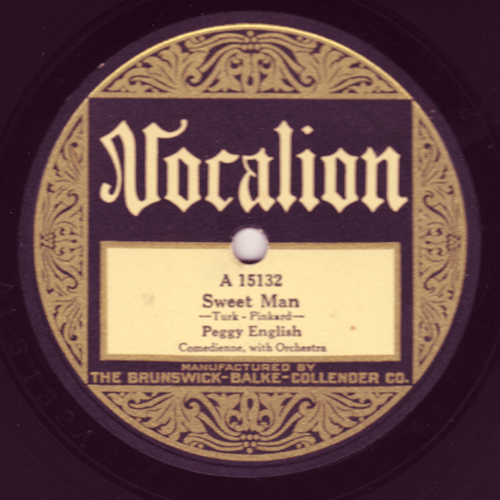
Vocalion 15132
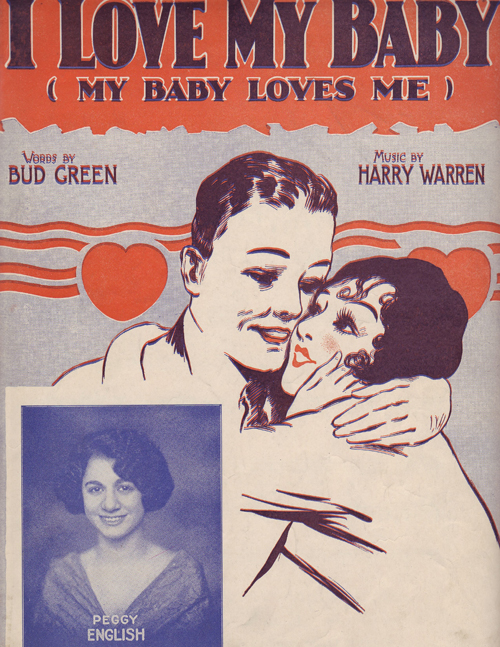
1925
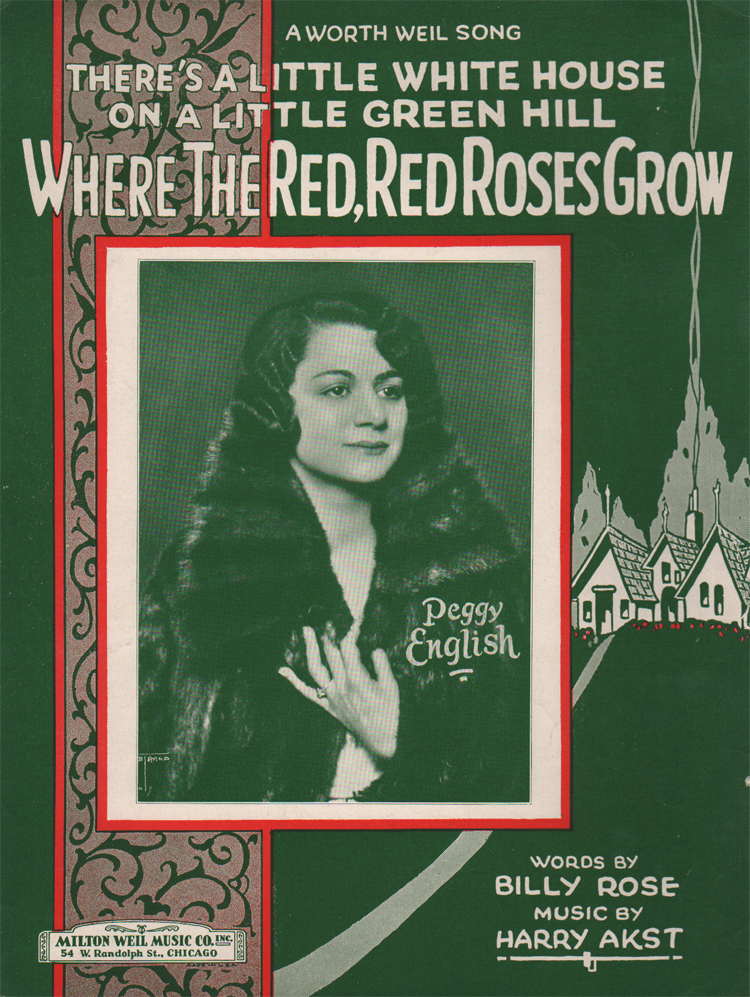
1926
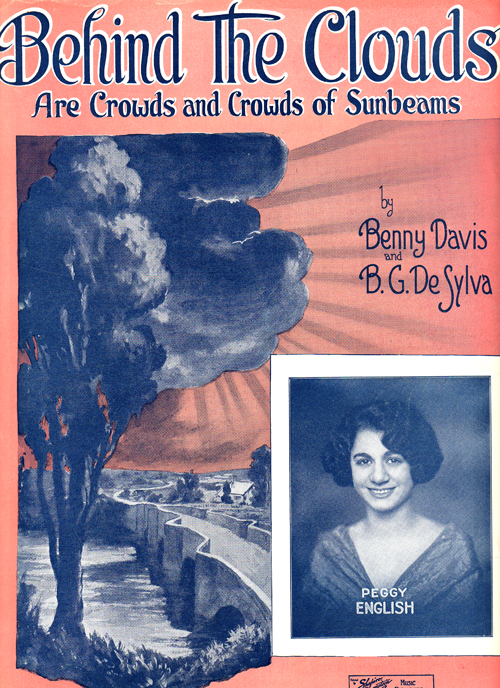
1926

Atlanta, Georgia
Appearance (1928)
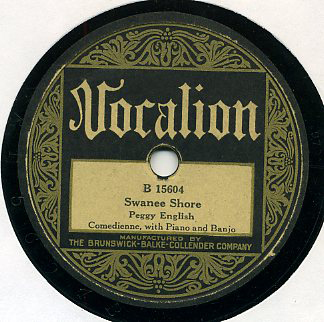
Vocalion 15604
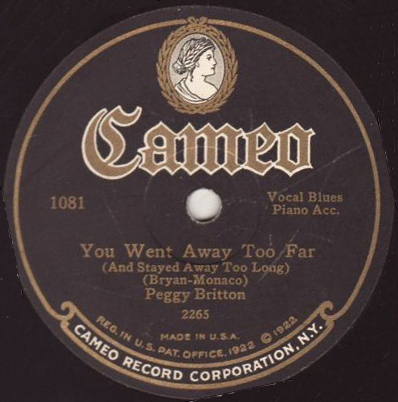
Cameo 1081
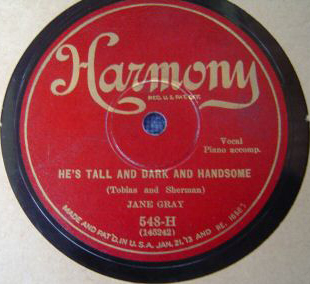
Harmony 548

Vocalion 15118
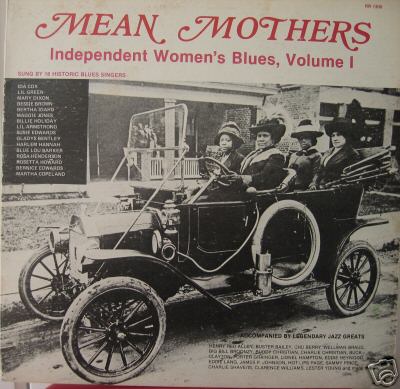
“Mean Mothers” LP
with Harlem Hannah
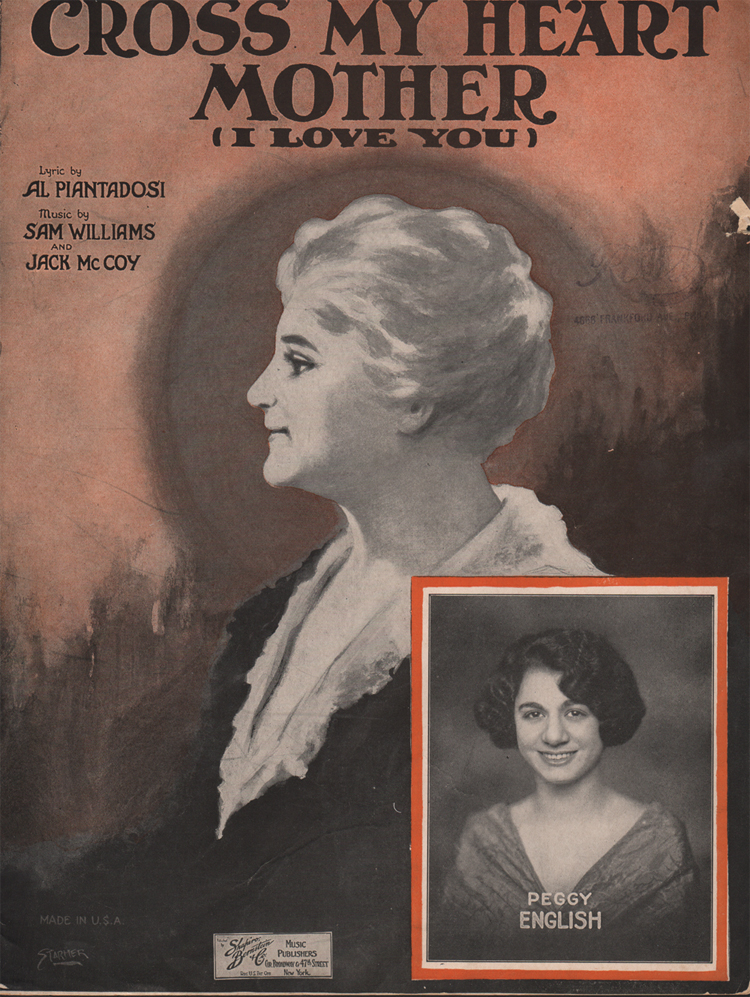
1925
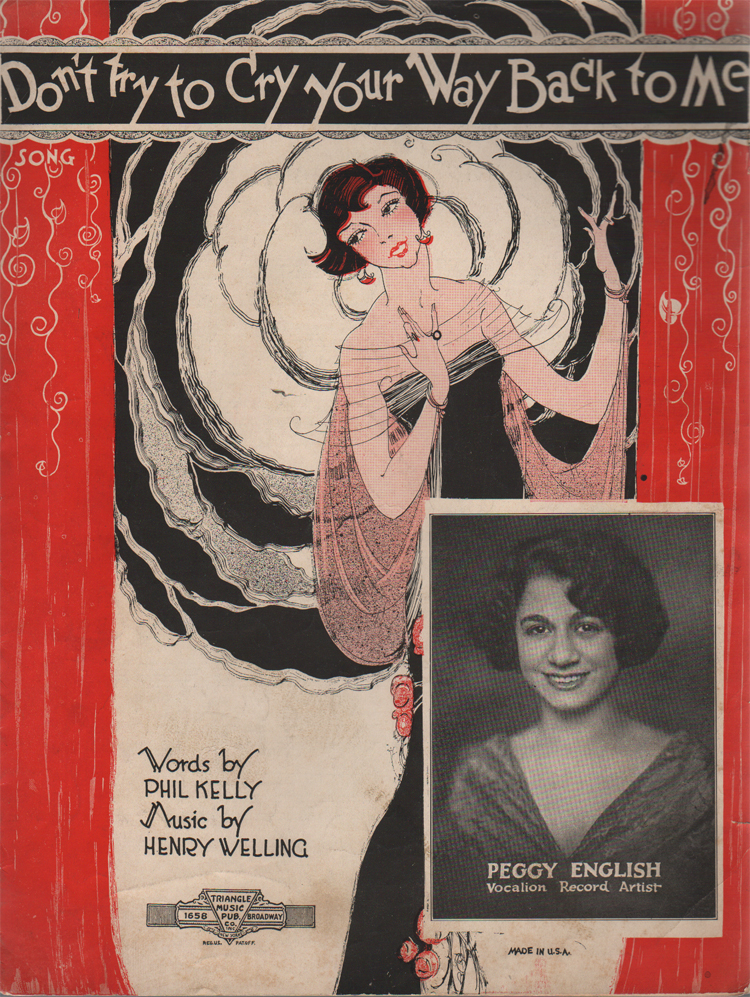
1925
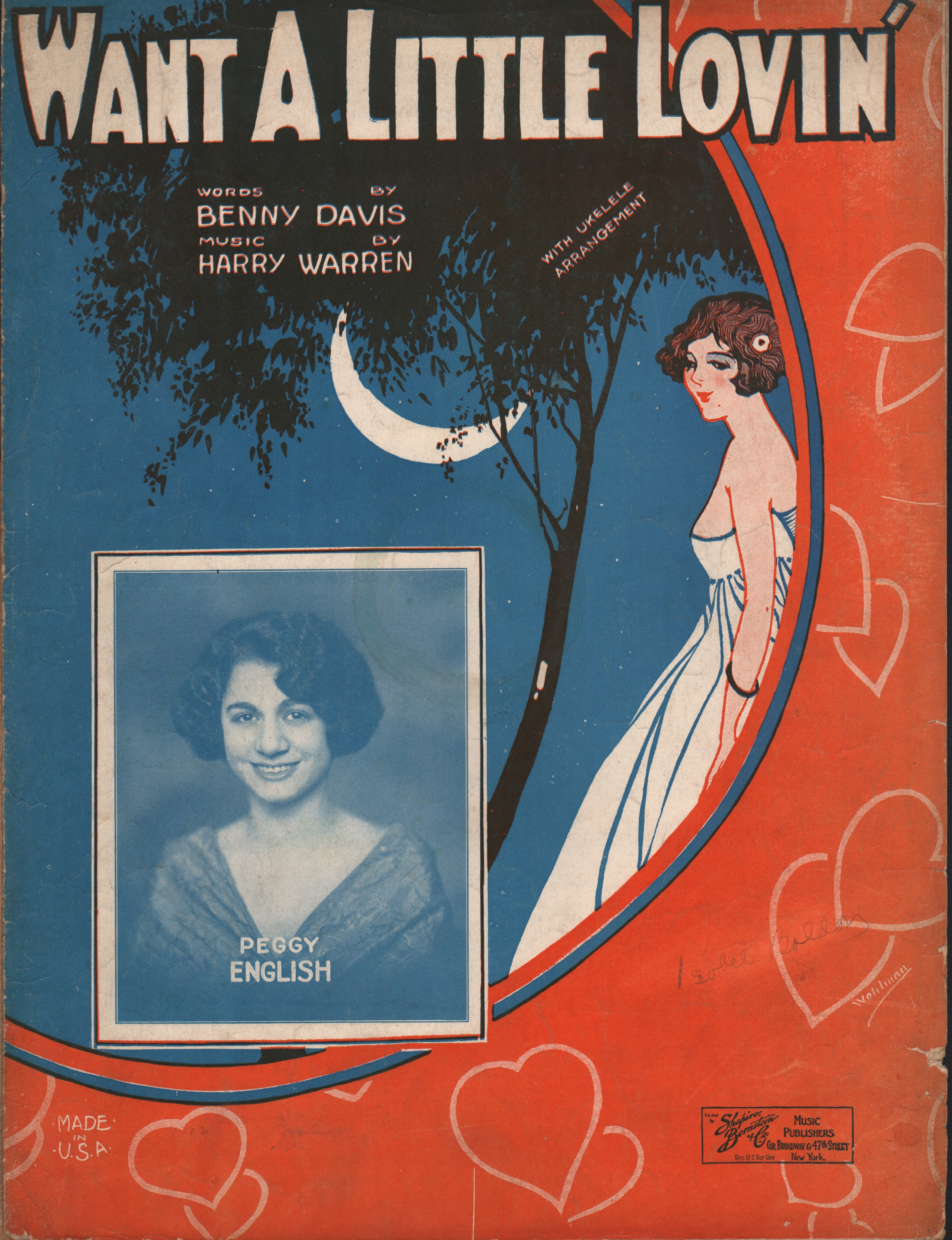
1925
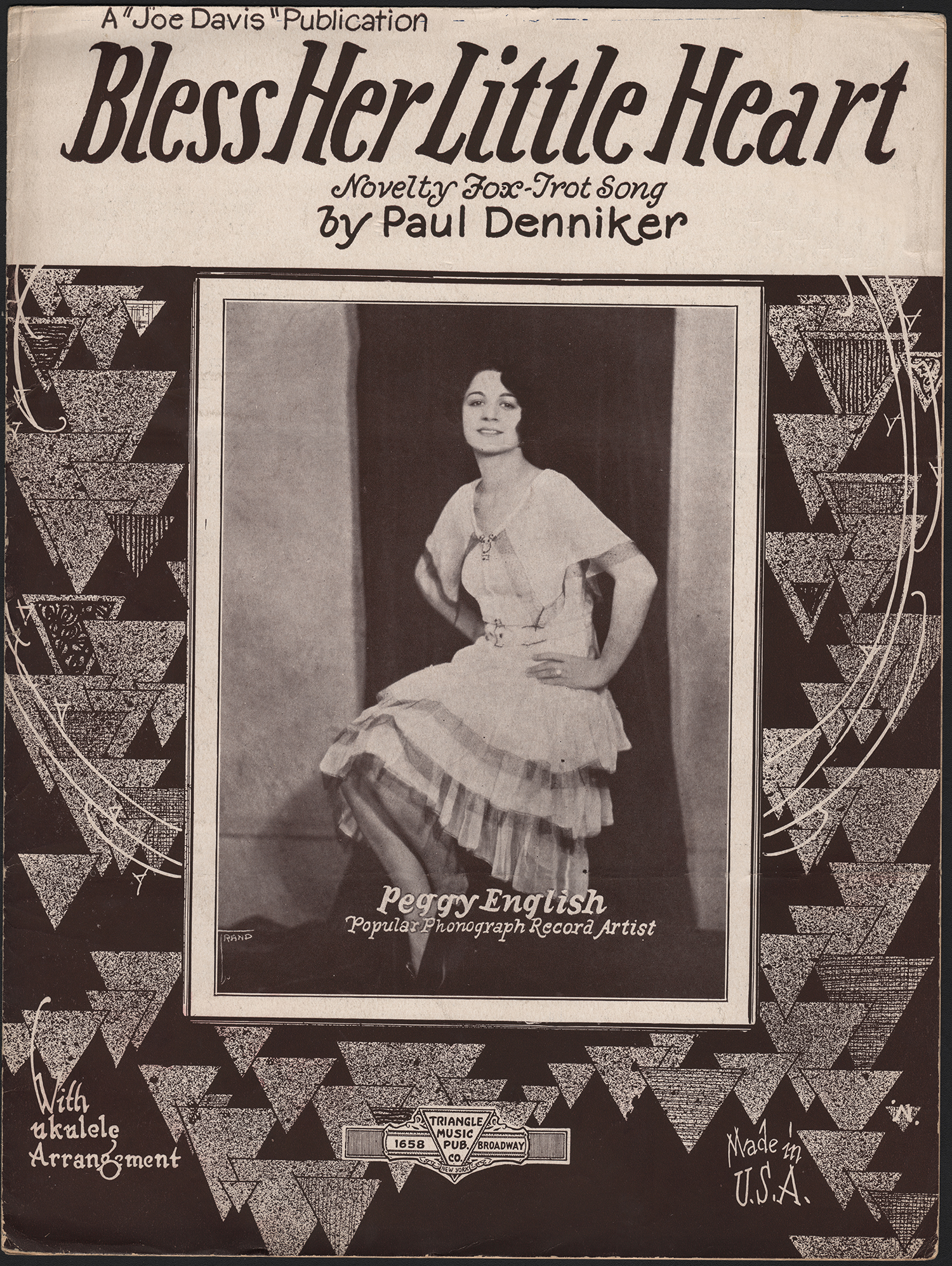
1927

1927
